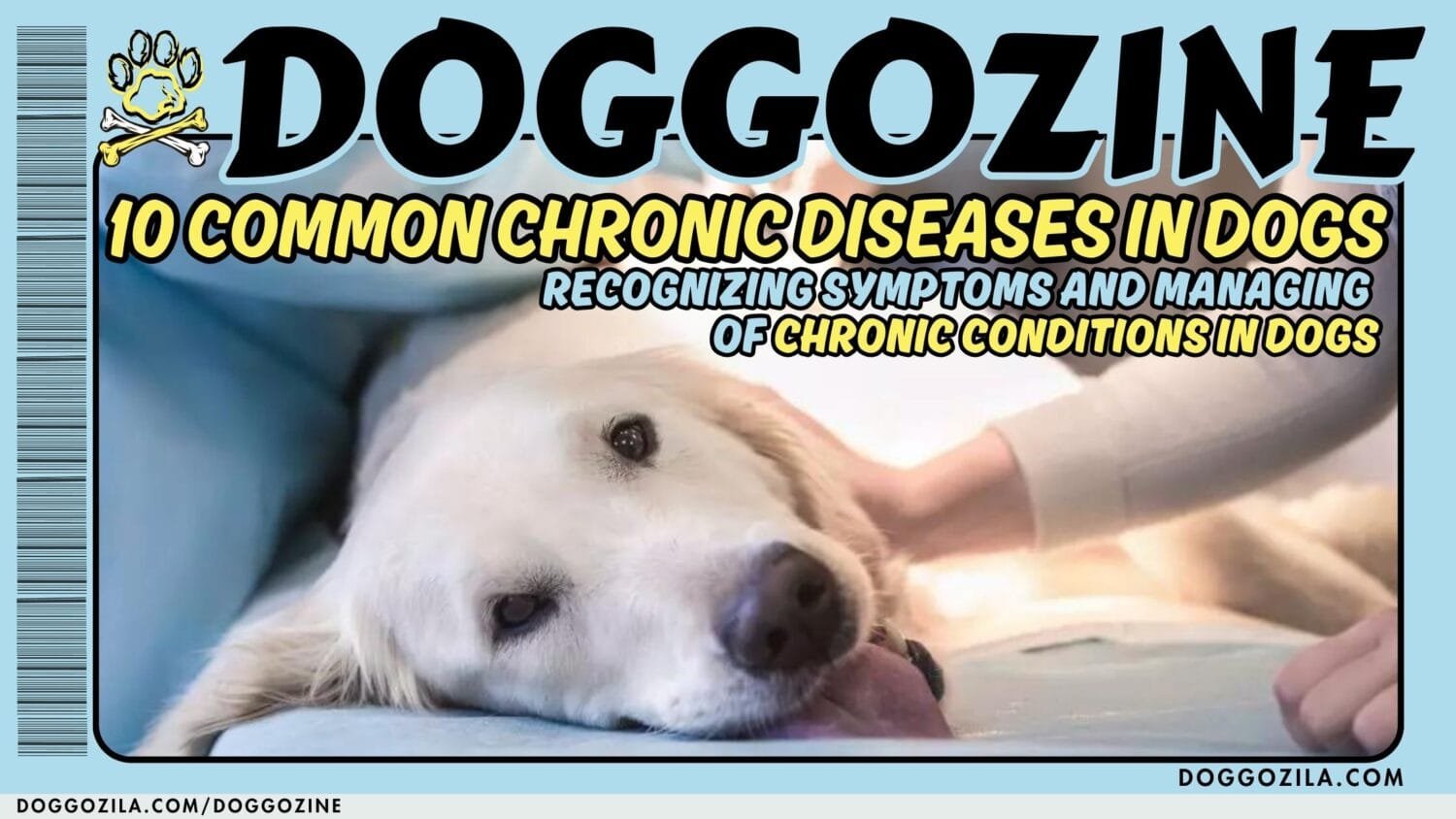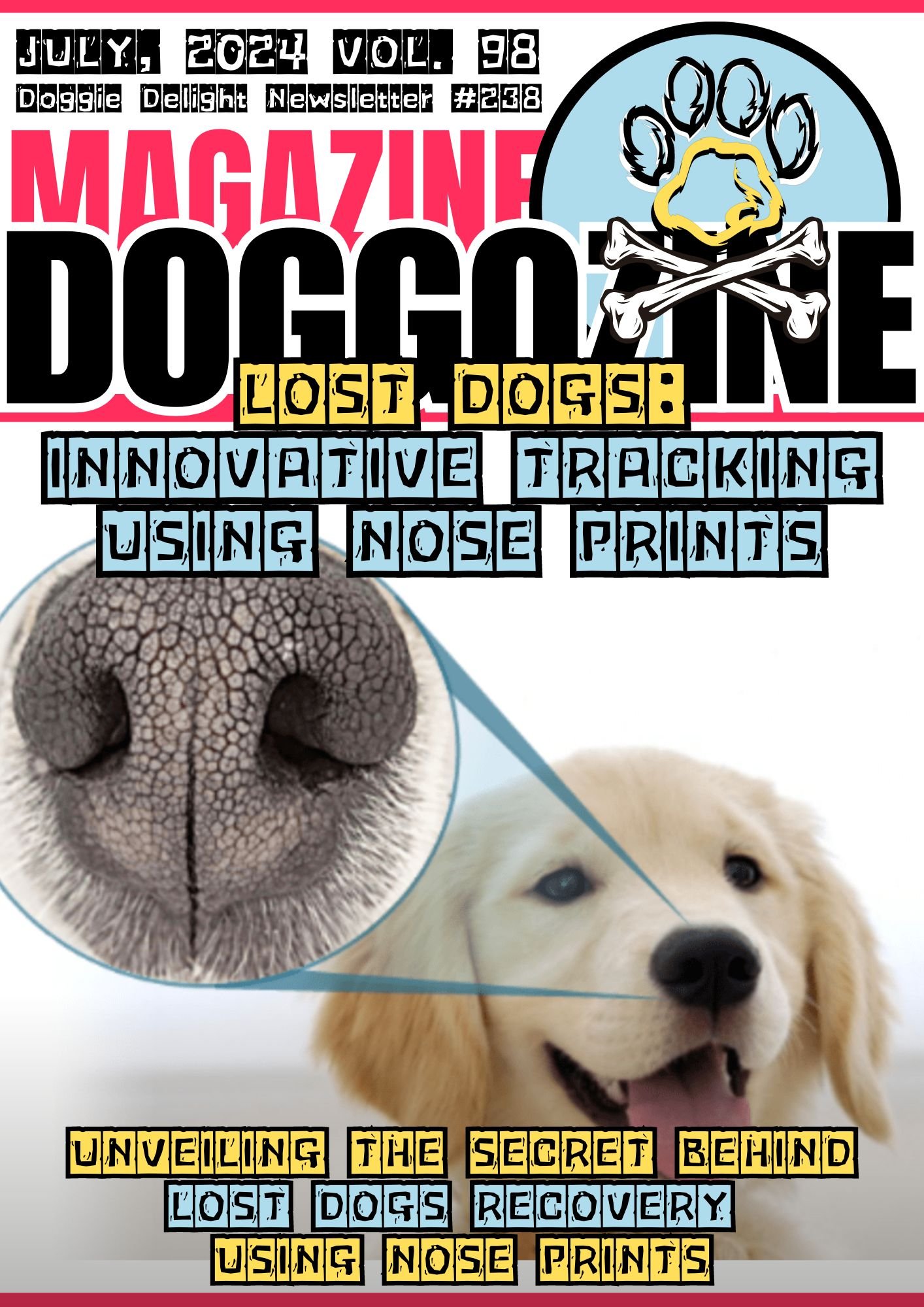
UNVEILING THE SECRET BEHIND LOST DOGS RECOVERY USING NOSE PRINTS
Are you ready to uncover the groundbreaking secrets behind recovery of lost dogs using nose prints and facial recognition technology?
New Pet Tracking Innovations For Lost Dogs
Picture this: a revolutionary program by Megvii is reshaping the landscape of dog tracking, offering unparalleled accuracy and real-world applications. As we delve into Megvii’s innovative approach, we’ll explore the evolution of dog tracking strategies. We will discuss about the science behind utilizing a dog’s unique nose print for identification.
From the similarities between dog nose prints and human fingerprints to the ethical implications of advanced technology in pet recovery. This blog will take you on a journey of discovery. Join us as we navigate the balance between technology and privacy. Unveiling real-world success stories, and discuss the future applications of nose print technology beyond pet recovery.
Embark on this insightful exploration to understand the intersection of technology and pet care. Let’s re-imagine the possibilities for ensuring the safety of our beloved furry companions. It’s time to revolutionize pet tracking and embrace cutting-edge solutions in the pet industry.
Introduction of the New Program: Megvii’s Revolutionary Approach to Finding Lost Dogs
We present you a new groundbreaking development by the Chinese tech startup Megvii! They unveiled a revolutionary approach to reuniting lost dogs with their owners. They are using the animal’s unique nose print. This innovative program, is developed by the Tokyo-based startup PetNow. They harnesses the power of AI-based technology to identify and track missing pets.
Just like human fingerprints, a dog’s so-called nose print is a one-of-a-kind identifier. Their nose print can be used to distinguish individual animals. They learn this and start leveraging this distinctive feature. Megvii’s cutting-edge app aims to streamline the process of locating lost dogs and bringing them home safely.
The AI-based app works by creating a comprehensive database of registered pets’ nose prints. When a dog goes missing, its owner can upload a photo of the pet’s nose to the system. The advanced algorithms then compare the image against the stored nose prints, potentially leading to a swift and joyful reunion.
How PetNow is Changing the Game in Tracking Lost Dogs
PetNow’s business development manager, John Smith, explains:
“Our goal is to provide pet owners with a more permanent way to keep track of their beloved pets. Traditional methods like ID tags and microchips have limitations. The dog’s nose print is a constant, unchanging identifier that can be used for life.”
The implications of this technology extend beyond individual pet ownership. Animal shelters and government organizations can utilize the app to quickly identify and return lost dogs to their rightful owners. This will reduce the strain on already overburdened facilities.
🔑 Key Points: Megvii’s revolutionary nose print recognition program, is developed by Tokyo-based startup PetNow. They are set to transform the way we approach lost dog recovery. Their new innovation is offering a more reliable and permanent solution for pet owners worldwide.
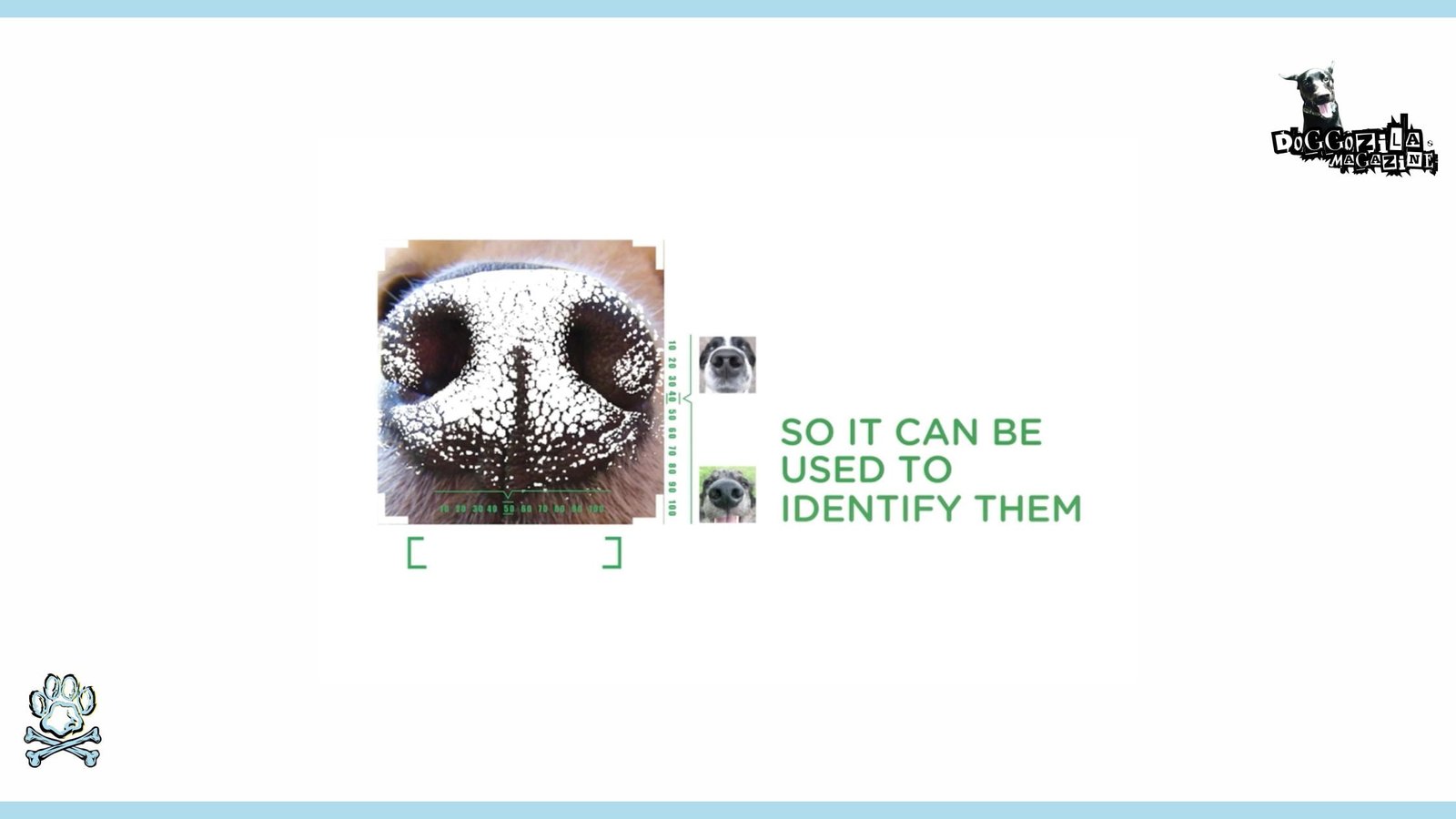
THE SCIENCE BEHIND NOSE PRINTS: HOW DOG’S SO-CALLED NOSE PRINT IS USED IN PET RECOVERY
Just as no two human fingerprints are alike, each dog’s nose print is a unique identifier. The intricate pattern of ridges and dimples on a dog’s nose remains unchanged throughout its life. That make it an ideal tool for identification purposes. First the dog is registered with the PetNow app. Than a high-resolution image of its nose is captured and stored in the database. This image serves as a reference point for future comparisons, should the pet ever go missing.
The Nose Print Matching Process
If a lost dog is found, a simple photograph of its nose can be uploaded to the app. The AI-based technology then analyzes the image, comparing it against the millions of nose prints stored in the database. By identifying key features and patterns, the algorithm can determine whether there is a match! This potentially will lead to a successful reunion.
The Veterinary and Animal Behavior Expert Dr. Jane Doe
Dr. Jane Doe, a veterinarian and animal behavior expert, notes, “The science behind nose print identification is sound. Just like fingerprints, nose prints are formed during fetal development and remain constant throughout an animal’s life. This makes them an incredibly reliable means of identification.”
The accuracy of nose print matching has been proven in numerous studies. Some reports are suggesting a success rate of over 95%. As more pet owners register their dogs’ nose prints, the effectiveness of this technology will only continue to grow.
🔑 Key Points: The unique dog’s nose print makes it a highly reliable tool for identification and recovery! This is backed by scientific evidence and real-world success stories.
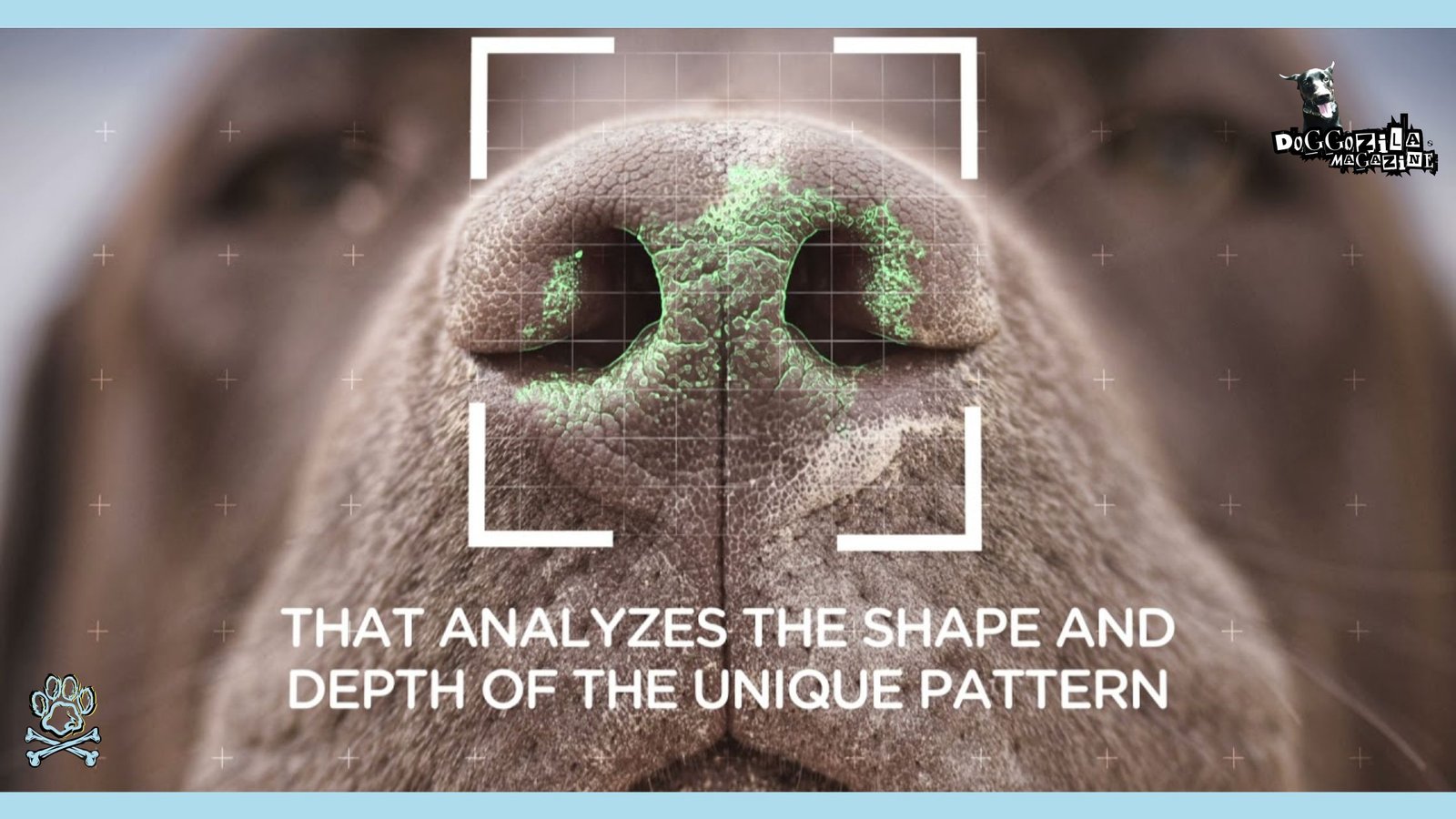
THE EVOLUTION OF DOG TRACKING TECHNOLOGY: FROM ID TAGS TO ADVANCED AI
Pet tracking technology has come a long way since the introduction of the simple ID tag. While tags and microchips have undoubtedly helped reunite countless lost pets with their owners, they are not without their limitations. ID tags can easily become lost or damaged, rendering them useless in an emergency. Microchips, while more permanent, require a special scanner to read the information, which may not always be readily available.
The Rise of AI-Based Solutions
The emergence of AI-based apps like PetNow marks a significant leap forward in pet-related business and lost dogs recovery. By leveraging advanced technologies such as facial recognition and machine learning! These apps offer a more comprehensive and efficient approach to tracking lost dogs.
As the market for pet-related services continues to grow, tech companies are increasingly investing in the development of innovative solutions. From wearable GPS devices to smartphone apps! Dog owners now have access to a wide range of tools. All are designed to keep their furry friends safe and accounted for.
🔑 Key Points: The evolution of pet tracking technology, from simple ID tags to AI-based solutions. PetNow reflects the growing demand for more effective and reliable methods of locating lost animals in an increasingly tech-driven world.
Megvii And Petnow: Leading The Frontiers Of Facial Recognition For Pets
Megvii, a renowned Chinese tech company, has partnered with Tokyo-based startup PetNow. They bring cutting-edge facial recognition technology to the world of pet recovery. Combining Megvii’s expertise in AI and machine learning with PetNow’s innovative app. The two companies are revolutionizing the way we approach lost dog tracking.
The PetNow app, allows pet owners to register their dogs’ unique nose prints and facial features. This is made for an the event that a pet goes missing. The information can be used to quickly and accurately identify the animal, facilitating a swift reunion with its owner.
Expanding Beyond Recovery of Lost Dogs
In addition to its lost pet recovery capabilities, the PetNow app also offers a range of other features! All are designed to support responsible pet ownership. These include personalized feeding recommendations, health tracking, and even a social network for pet owners to connect and share experiences.
As the partnership between Megvii and PetNow continues to develop, the potential applications of their combined technologies are vast. From streamlining the adoption process at animal shelters to assisting in wildlife conservation efforts. The impact of this collaboration could extend far beyond the realm of domestic pets.
🔑 Key Points: Megvii and PetNow are paving the way for facial recognition technology for pets. With far-reaching implications for animal welfare and recovery efforts.
Public and Ethical Considerations: The Balance Between Technology and Privacy
As with any new technology, the use of nose print recognition for pet recovery raises important questions! All of them are about privacy and data protection. Some pet owners may be hesitant to share their animals’ biometric information, fearing potential misuse or unauthorized access.
To address these concerns, companies like Megvii and PetNow must prioritize data security and transparency. They must implement robust encryption protocols and adhering to strict privacy regulations. These organizations can foster trust among pet owners and encourage widespread adoption of their technology.
Government entities also play a crucial role in regulating the use of biometric data. In South Korea, for example, the government has actively supported the development of nose print recognition technology. They are recognizing its potential to improve animal welfare and reduce the burden on public resources.
🔑 Key Points: The nose print recognition technology gains more traction. They are striking a balance between innovation and privacy! This should be essential to ensure its ethical and responsible deployment in the pet recovery landscape.
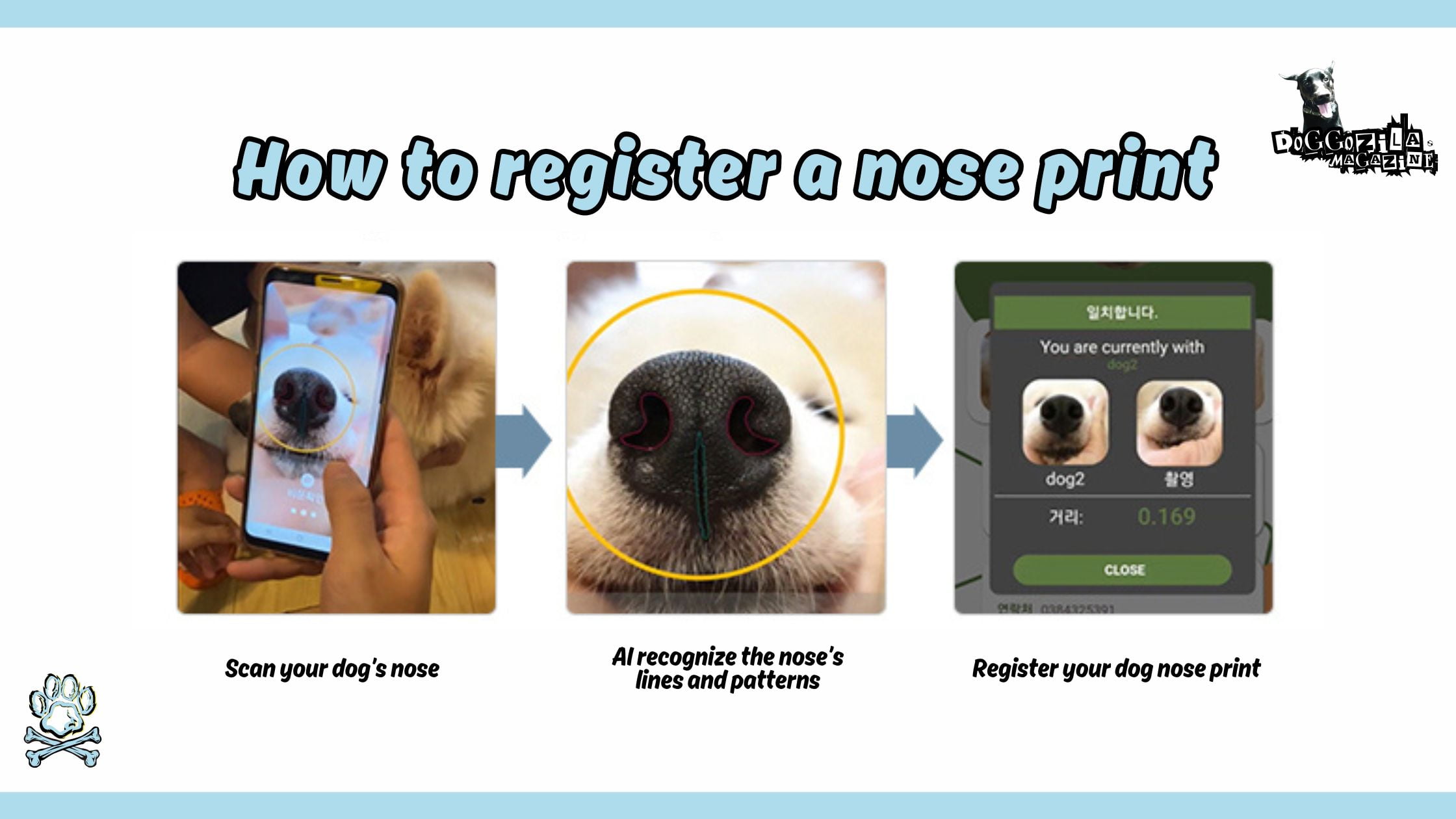
REAL-WORLD SUCCESS STORIES: REUNITING LOST DOGS WITH THEIR OWNERS
One of the most compelling arguments for the adoption of nose print recognition technology is the growing number of real-world success stories. Across the globe, pet owners are celebrating tearful reunions with their lost dogs. All thanks goes to the power of this innovative approach.
Max’s 1,000-Mile Journey Home
When Max, a three-year-old golden retriever, went missing during a family vacation in Florida, his owners feared the worst. They searched tirelessly for weeks. Plastering the area with flyers and scouring social media for any sign of their beloved pet.
Unbeknownst to them, Max had been found by a good Samaritan nearly 1,000 miles away in New York City. The rescuer, having heard about the PetNow app, uploaded a photo of Max’s nose to the database. Within hours, a match was found, and Max’s family was notified.
Thanks to the app’s widespread network and the power of nose print recognition, Max was safely returned to his owners, despite the vast distance between them.
Bella’s Story: Overcoming the Odds
Bella, a five-year-old mixed-breed dog, had been missing for over a year when her nose print was finally matched on the PetNow app. Her owner, Sarah, had never given up hope, regularly uploading new photos of Bella’s nose to the database.
When the match was made, Sarah was overjoyed. However, her elation quickly turned to concern when she learned that Bella had been found in a city over 200 miles away, emaciated and suffering from a severe skin condition.
Undeterred, Sarah made the journey to retrieve her long-lost friend. With the help of veterinarians and a network of supportive pet lovers, Bella slowly regained her health and happiness, cementing her place as a true nose print success story.
🔑 Key Points: Real-world success stories demonstrate the life-changing impact of nose print recognition technology, offering hope and closure to pet owners who may have otherwise lost their cherished companions forever.
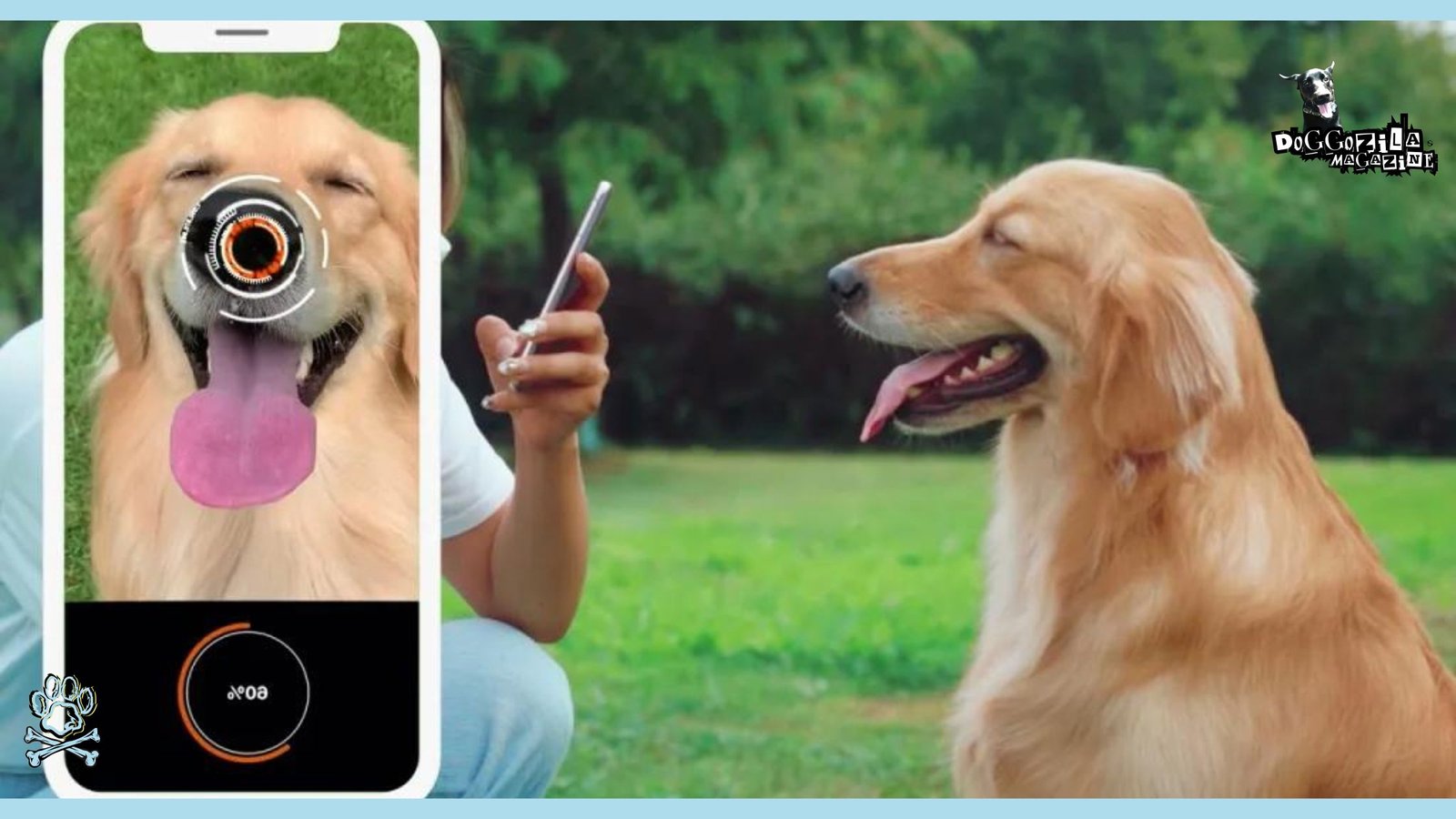
COMPARATIVE ADVANCEMENTS: HOW THIS TECHNOLOGY COMPARES WITH OTHER PET RECOVERY METHODS
While nose print recognition is a groundbreaking development in pet recovery, it is not the only technology available to pet owners. Traditional methods, such as ID tags and microchips, have long been the standard for identifying lost animals. However, these approaches are not without their drawbacks.
The Dogs will never lose their nose
ID tags can easily become lost or damaged, rendering them useless in an emergency. Microchips, while more permanent, require a special scanner to read the information, which may not be readily available in all situations.
In contrast, nose print recognition offers a unique combination of reliability and accessibility. A dog’s nose print remains constant throughout its life, eliminating the risk of lost or damaged identification. Additionally, the PetNow app allows anyone with a smartphone to quickly and easily upload a photo of a found dog’s nose, potentially leading to a faster reunion.
The Future of Pet Recovery
As AI-based technologies continue to advance, it is likely that we will see even more sophisticated methods of pet recovery emerge. From wearable GPS devices to implantable microchips with remote tracking capabilities, the possibilities are endless.
However, for now, nose print recognition stands as a testament to the power of innovative thinking and collaborative problem-solving in the face of a common challenge.
🔑 Key Points: While traditional pet recovery methods have their merits, nose print recognition offers a unique blend of reliability, accessibility, and potential for future advancements in the field.
Understanding Public Reception and Engagement
As nose print recognition technology gains traction, gauging public reaction and engagement is crucial for its successful adoption. Pet owners have expressed both excitement and caution, with some eagerly embracing the new technology while others raise concerns about privacy and data security.
To address these concerns and foster trust, companies like Megvii and PetNow must prioritize transparency and open communication with their users. By actively seeking feedback and addressing public concerns, these organizations can create a supportive and informed community of pet owners who are invested in the success of this innovative approach to pet recovery.
🔑 Key Points: Understanding and addressing public reception is key to the successful adoption of nose print recognition technology in the pet recovery landscape.
Beyond Recovery: Future Applications of Nose Print Technology
While the primary focus of nose print recognition technology has been on pet recovery, its potential applications extend far beyond this realm. As the technology continues to evolve, we may see it being used in a variety of contexts, from wildlife conservation to law enforcement.
For example, the South Korean government recently announced plans to use the PetNow app to monitor and regulate pet ownership in the country. By requiring all dogs to be registered with their nose prints, authorities hope to crack down on illegal breeding operations and improve animal welfare standards.
In the field of wildlife conservation, nose print recognition could be used to track and monitor endangered species, helping researchers better understand their movements and behaviors. This information could prove invaluable in developing targeted conservation efforts and protecting vulnerable populations.
🔑 Key Points: The future applications of nose print technology are vast and varied, with the potential to revolutionize fields ranging from pet ownership regulation to wildlife conservation.

BRIDGING THE GAP: THE ROLE OF COMMUNITIES AND TECHNOLOGY IN PET RECOVERY
While technology like nose print recognition plays a crucial role in pet recovery, it is only one piece of the puzzle. Equally important is the role of communities in supporting and facilitating these efforts.
Leveraging the power of the community
When a pet goes missing, its owner often relies on the help of neighbors, local businesses, and animal shelters to spread the word and assist in the search. Social media has also become a powerful tool for rallying support and sharing information about lost pets.
By combining the power of community engagement with cutting-edge technology, we can create a more comprehensive and effective approach to pet recovery. The PetNow app, for example, includes a feature that allows users to share information about lost pets with their local community, leveraging the power of social networks to increase the chances of a successful reunion.
🔑 Key Points: The success of pet recovery efforts lies in the synergy between advanced technology and engaged, supportive communities.
Global Impact: Adoption and Expansion of Nose Print Recognition Worldwide
As the benefits of nose print recognition technology become more widely recognized, its adoption and expansion on a global scale are likely to accelerate. Already, countries like South Korea and Japan have embraced the technology, with government agencies and private companies alike investing in its development and implementation.
A recent study conducted by researchers at South Korea’s Yonsei University found that the use of nose print recognition technology has the potential to significantly reduce the number of lost pets in the country, saving millions of dollars in animal control and shelter costs each year.
As more countries begin to explore the potential of this technology, we may see a ripple effect of positive change in the way we approach pet recovery and animal welfare. By sharing knowledge, resources, and best practices across borders, we can create a global network of support for lost pets and their owners.
🔑 Key Points: The global adoption and expansion of nose print recognition technology have the potential to transform pet recovery efforts and animal welfare on a global scale.
Final Thoughts: The Future of Pet Safety and Recovery Methods of Lost Dogs
As we look to the future of pet safety and recovery, it is clear that technology will play an increasingly important role. From nose print recognition to wearable GPS devices, the tools at our disposal are becoming more sophisticated and effective with each passing year.
However, it is important to remember that technology alone is not a panacea. The success of these efforts will always depend on the compassion, dedication, and collaboration of pet owners, animal lovers, and communities around the world.
By working together and leveraging the power of innovation, we can create a future in which no pet is left behind.
The Takeaway On The New Innovations For Tracking Lost Dogs
The realm of pet tracking has witnessed a revolutionary transformation with the advent of Megvii’s groundbreaking program utilizing nose prints and facial recognition technology. This innovative approach not only showcases the seamless fusion of advanced AI technology but also emphasizes the significance of unique nose prints in pet recovery.
As we navigate through the evolution of pet tracking, from traditional methods to cutting-edge solutions, it becomes evident that Megvii and PetNow are at the forefront of this technological revolution. The real-world success stories underscore the practicality and efficacy of this program, instilling hope in reuniting lost dogs with their owners.
Looking ahead, the future applications of nose print technology hold immense potential. It will help enhancing civic behaviors monitoring and global pet recovery efforts. By bridging the gap between technology and communities, we pave the way for a safer and more secure environment for our furry companions worldwide.
Embark on this transformative journey towards ensuring the safety and well-being of your pets. Witness firsthand the remarkable impact of innovative pet tracking solutions.
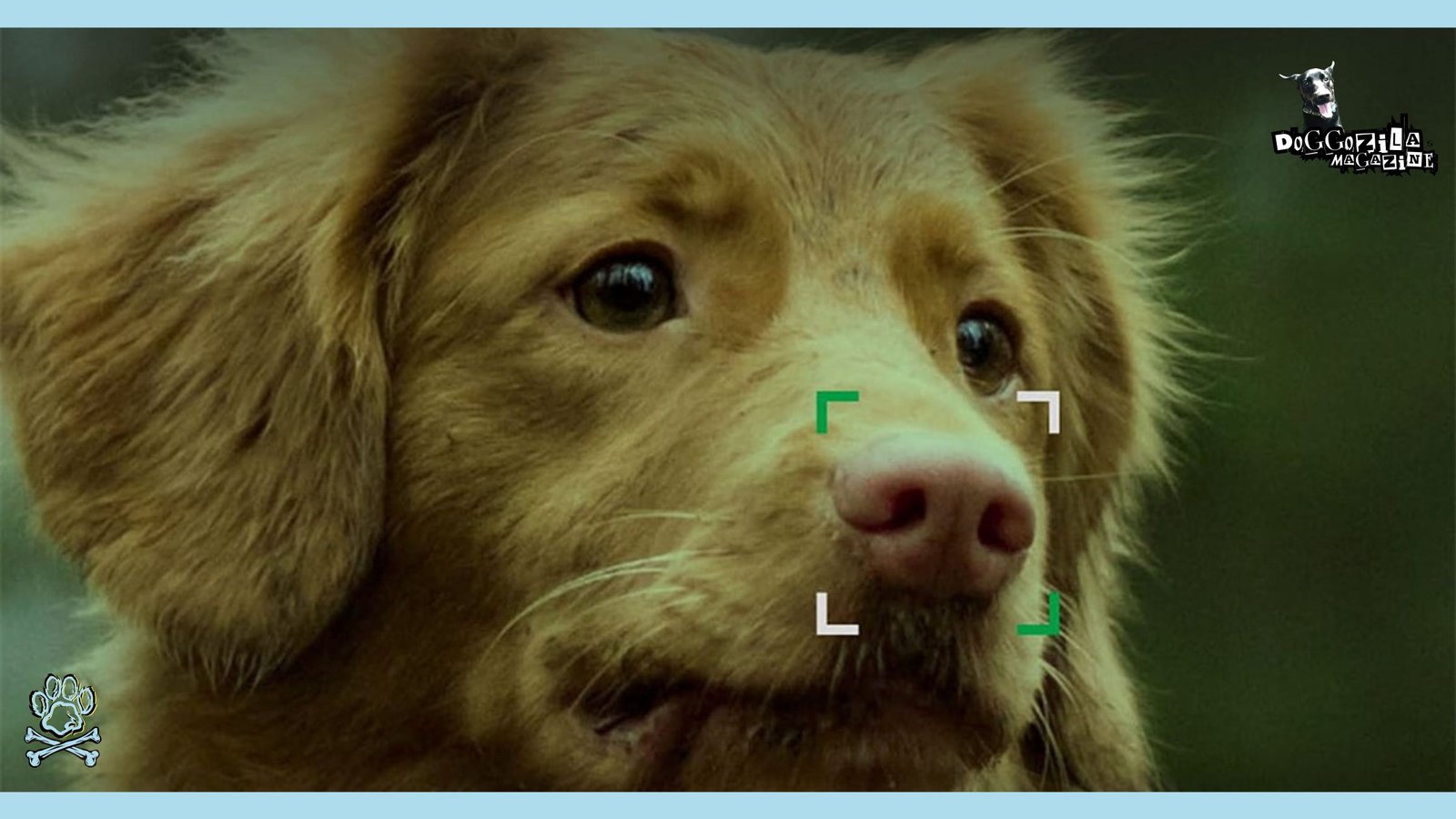
Let’s embrace this new era of pet safety and recovery methods together.

